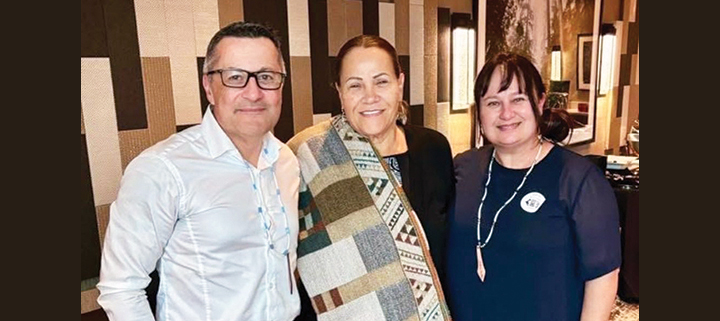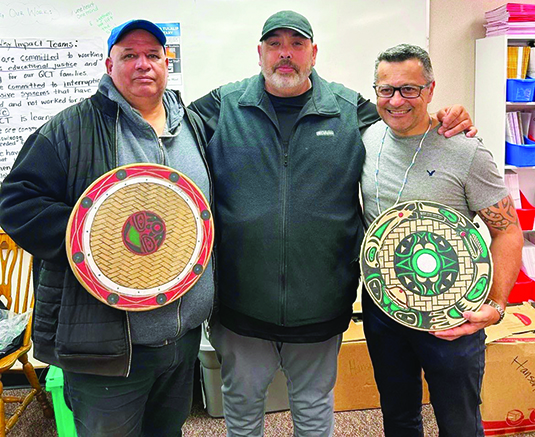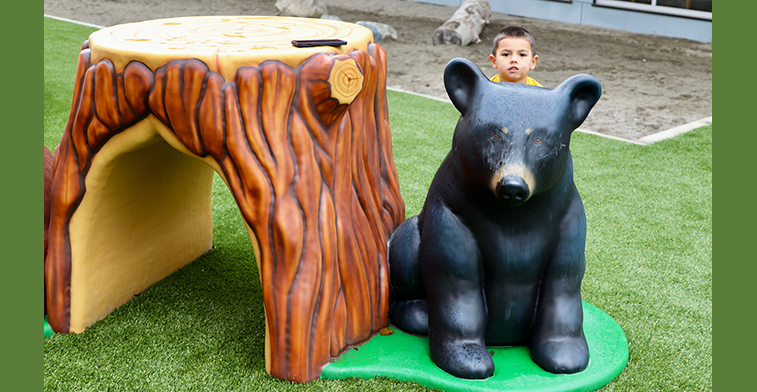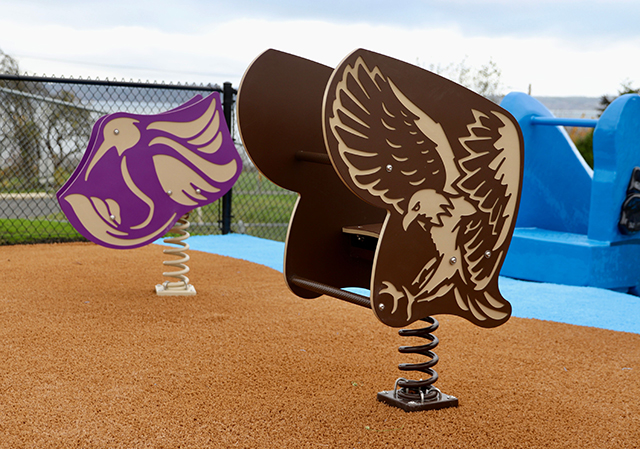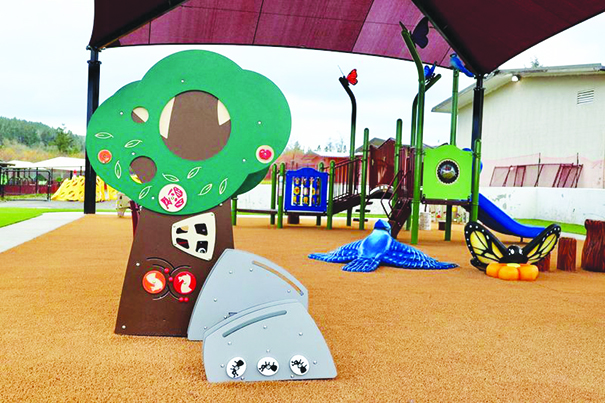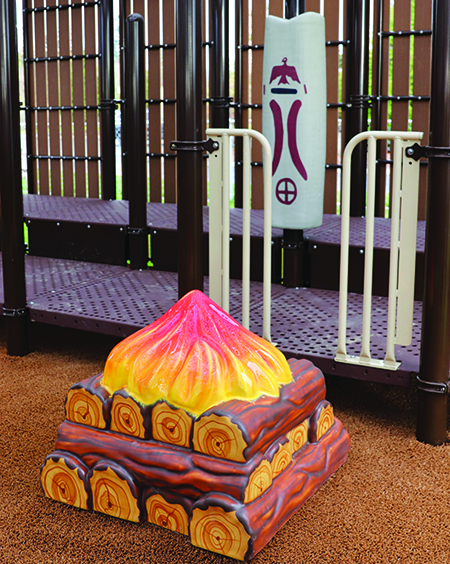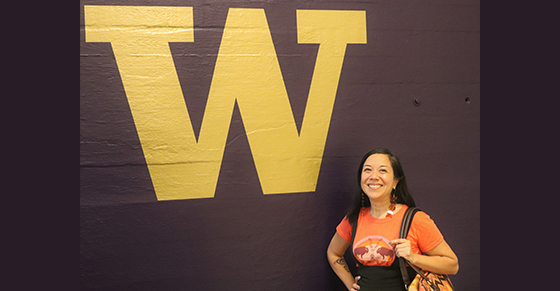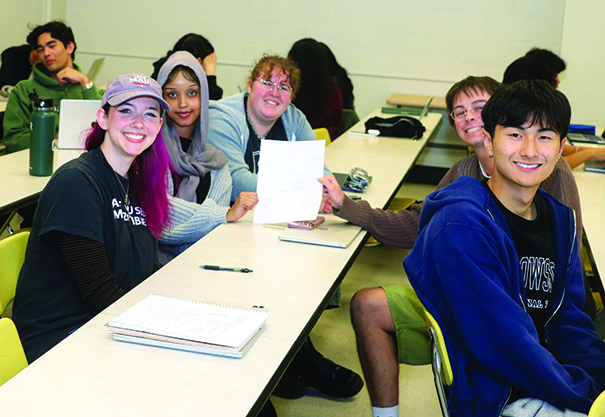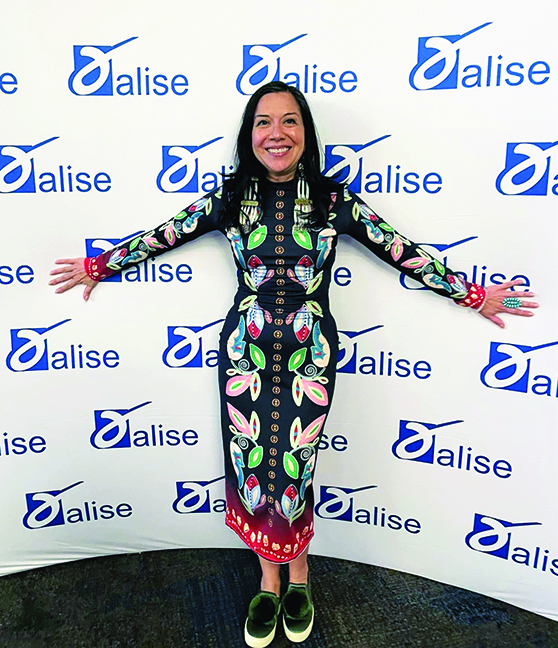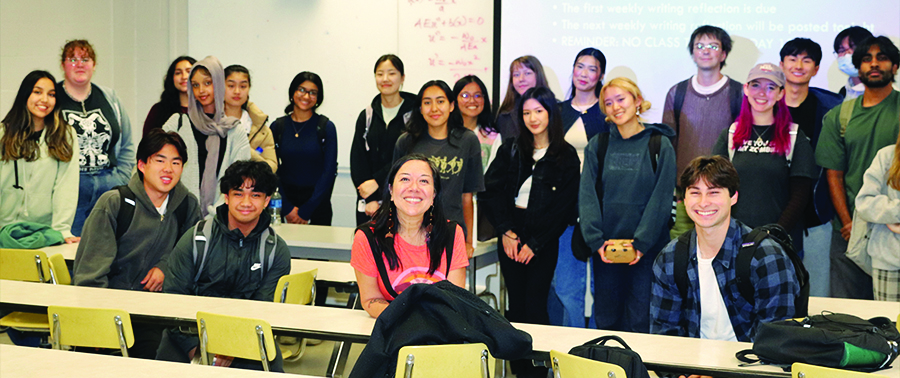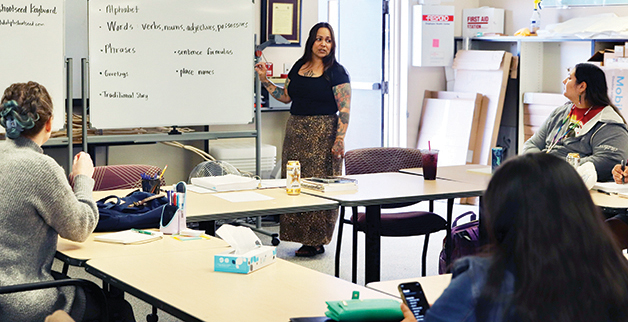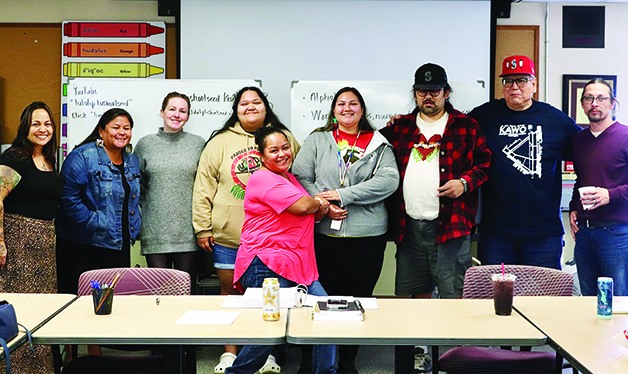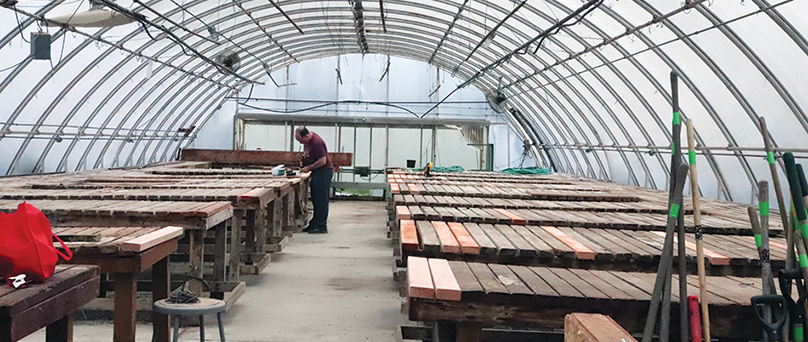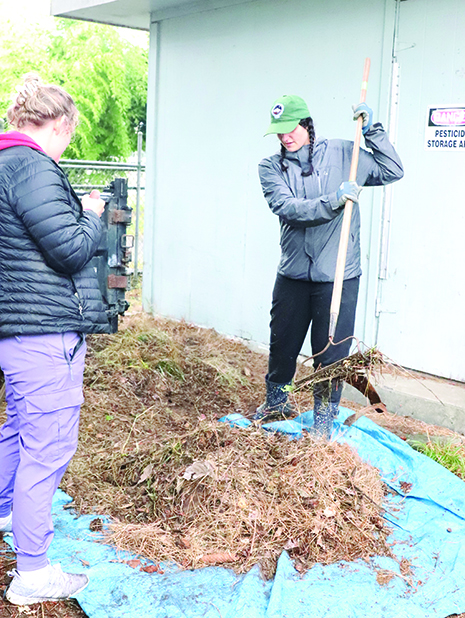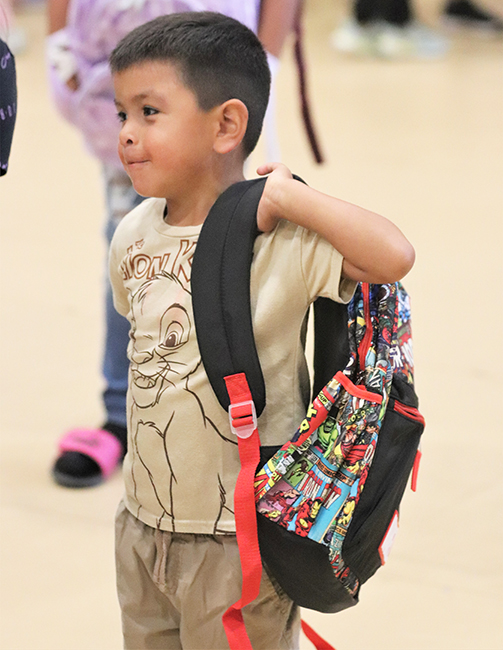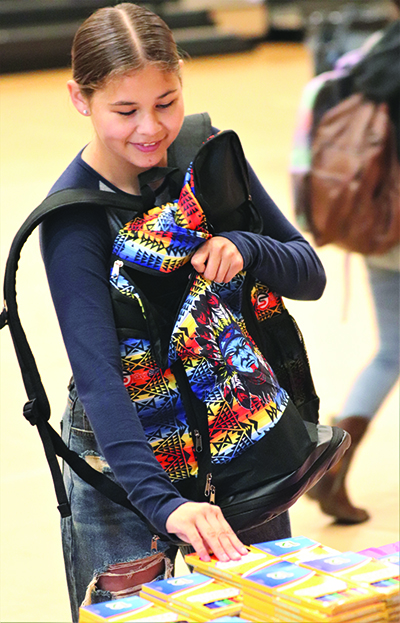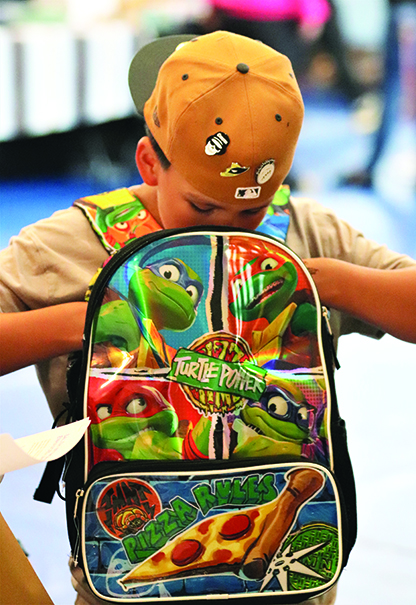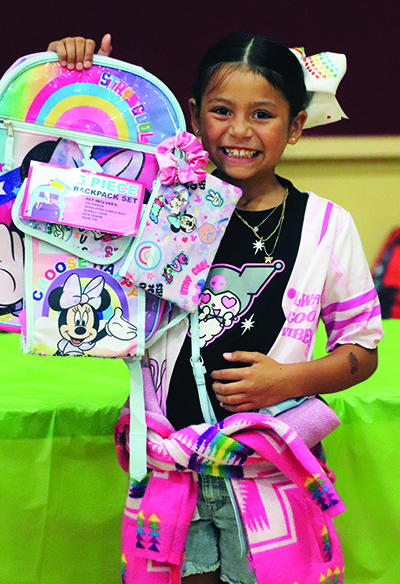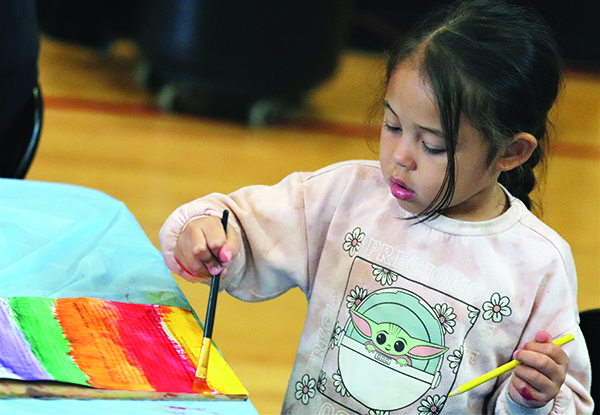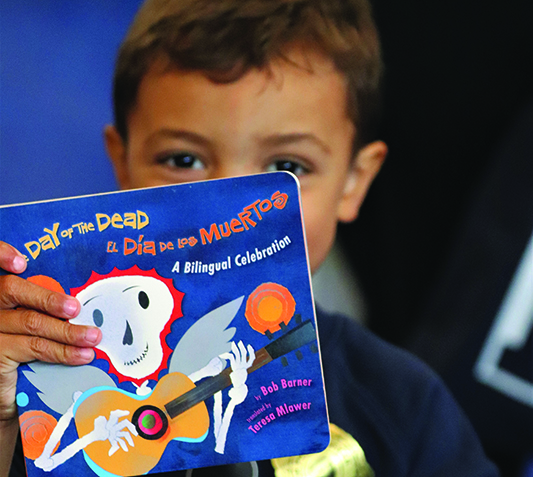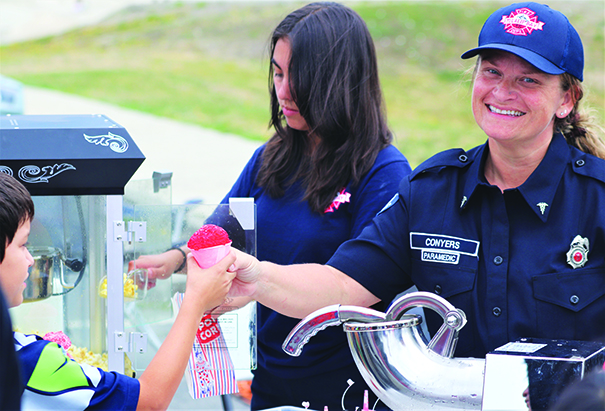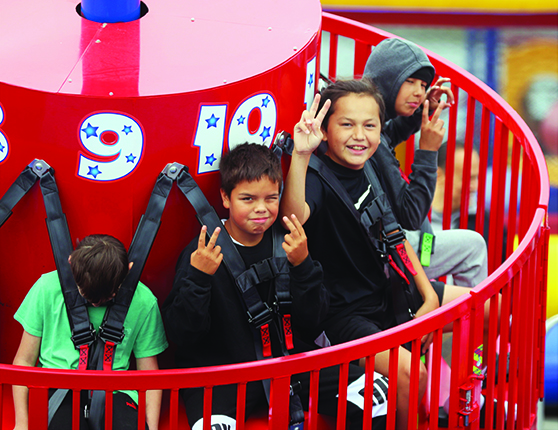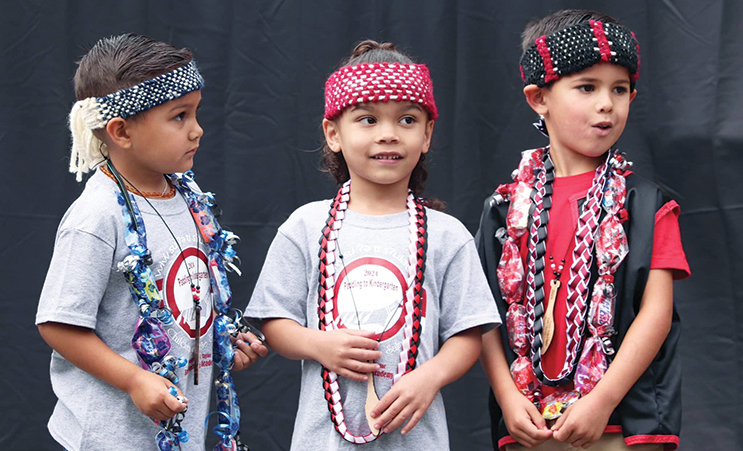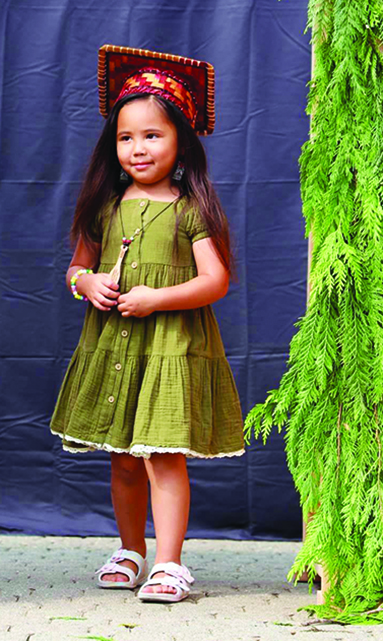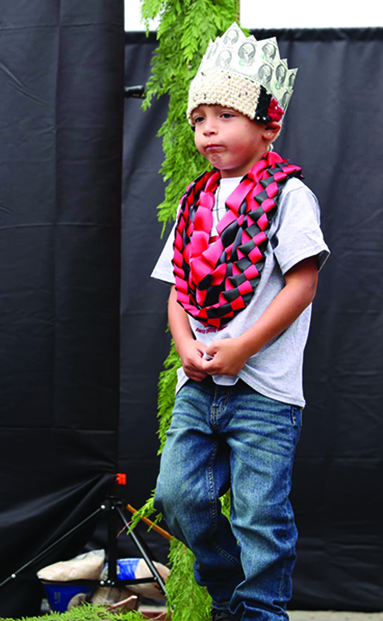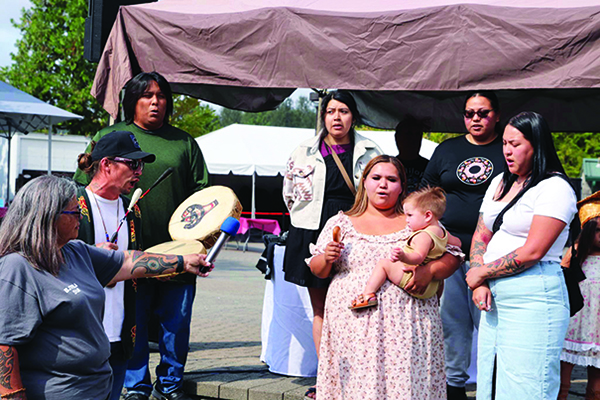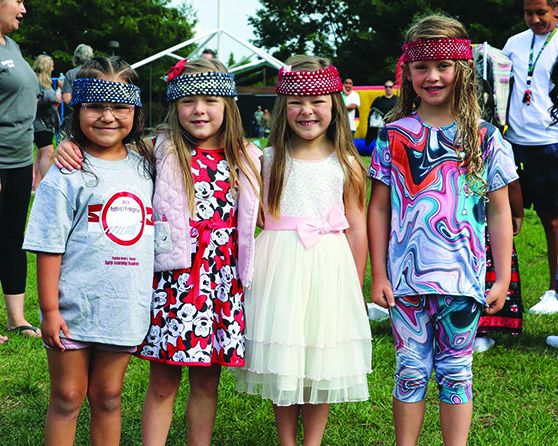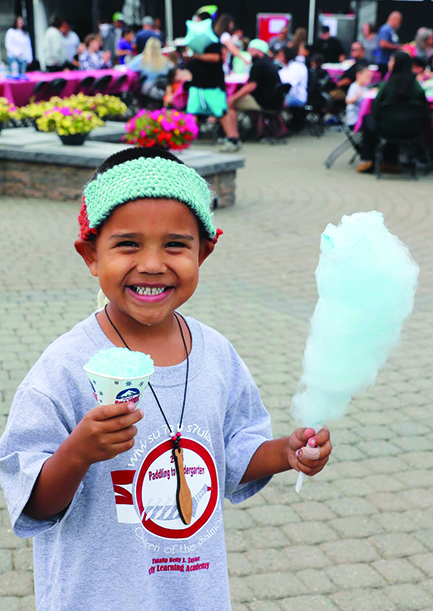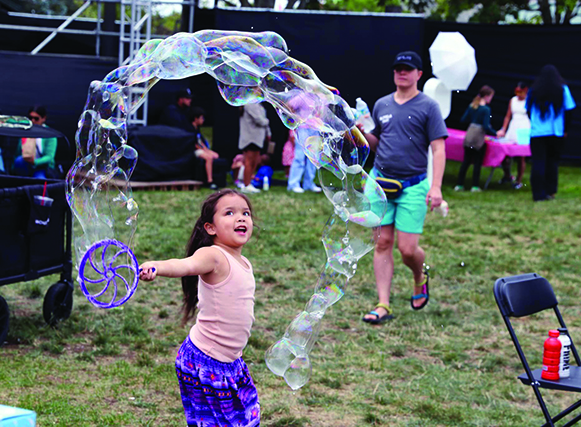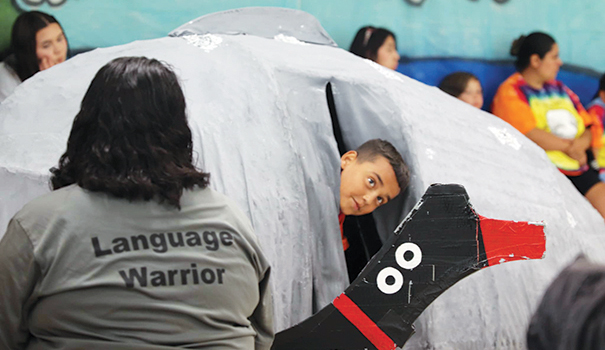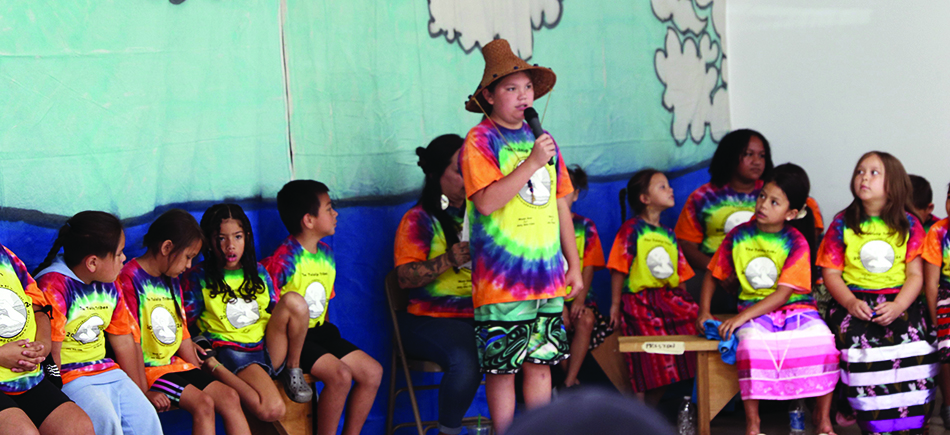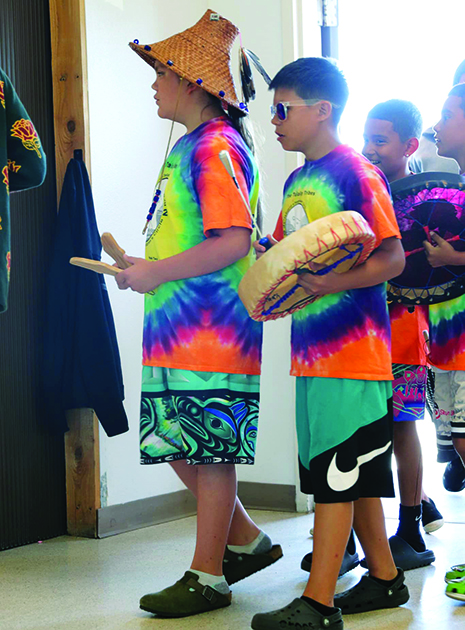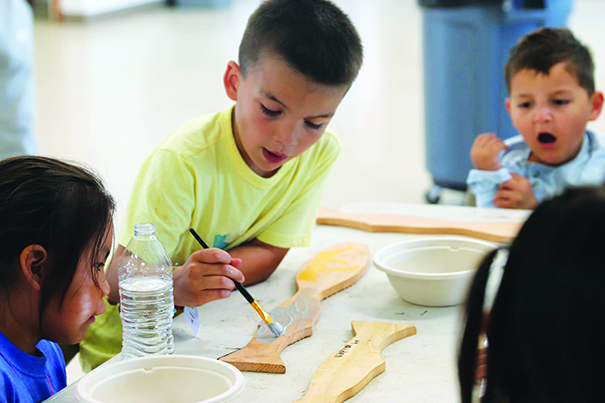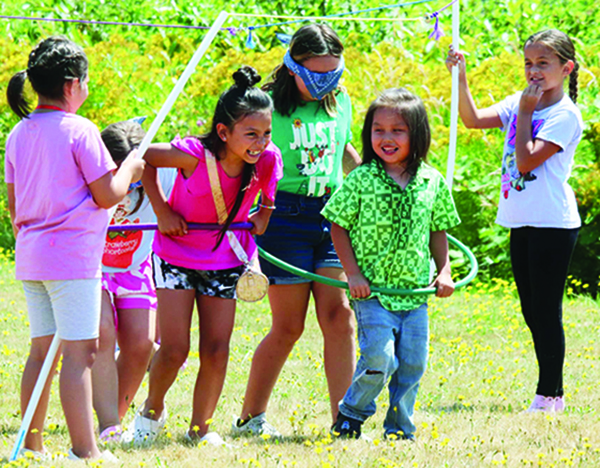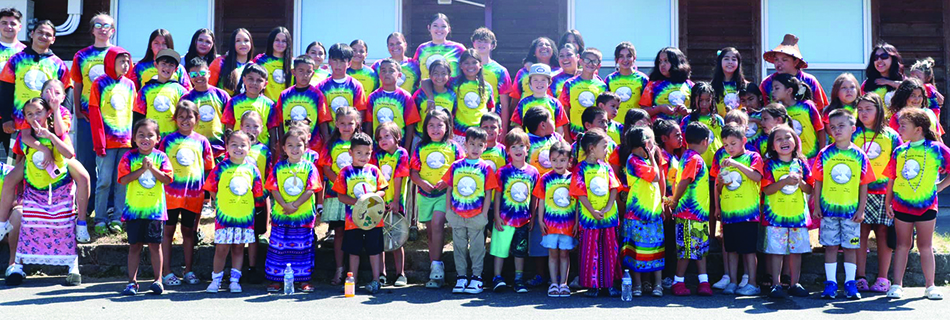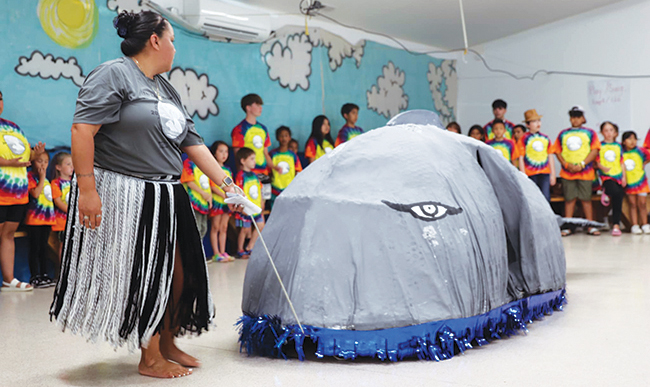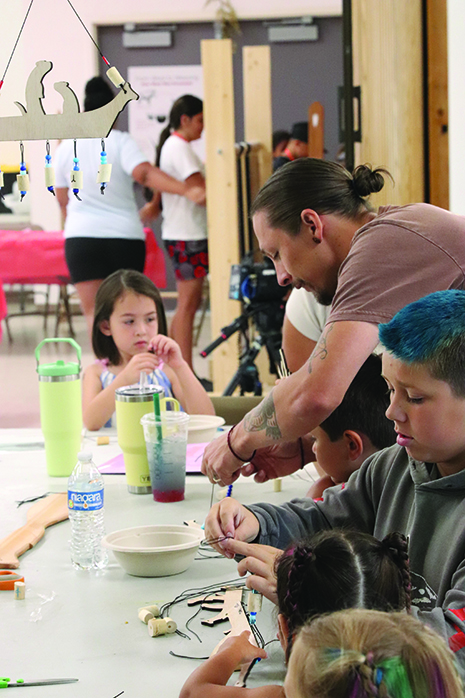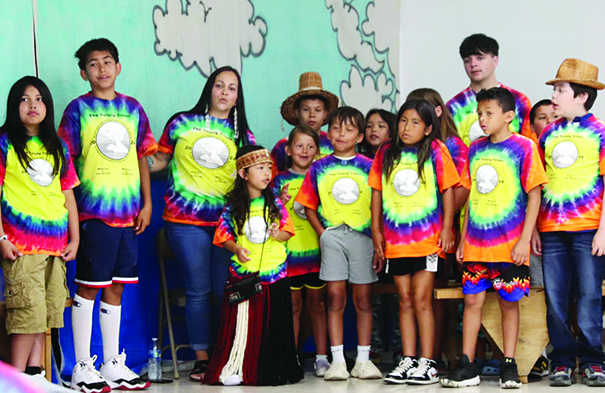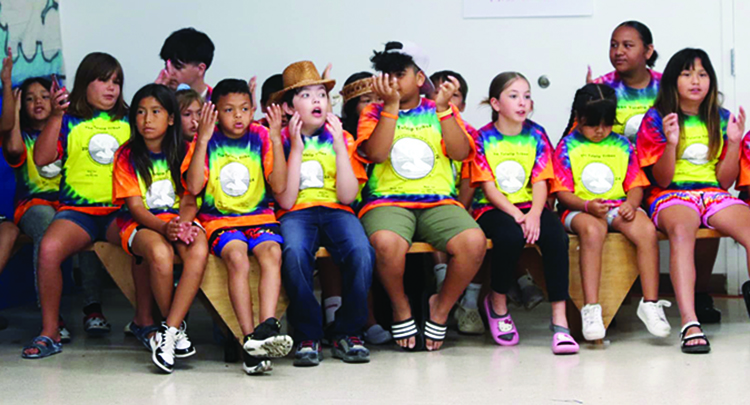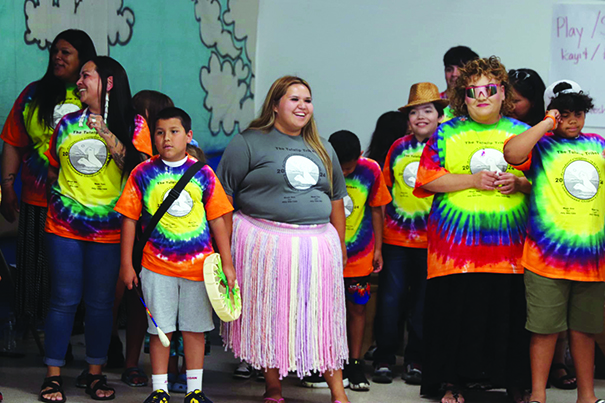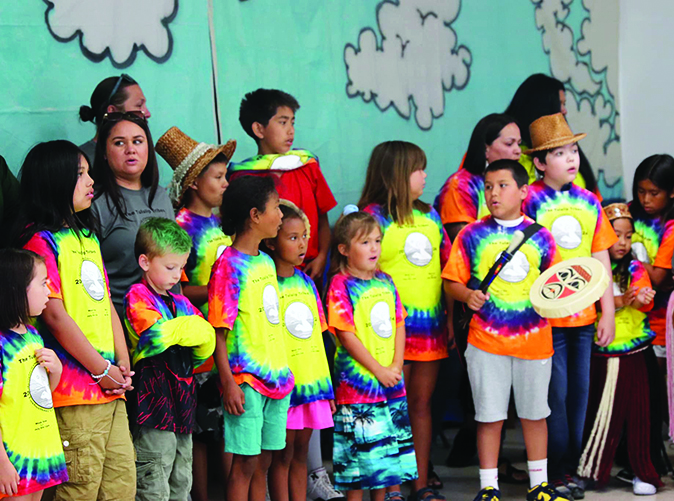By Kalvin Valdillez, Tulalip News
A cargo van and a school bus were filled with high school students from Marysville Getchell High School. On the morning of February 11, they were enroute to a number of different schools located within the Marysville School District. Their mission, to bring smiles to their fellow students by way of songs and gifts, was officially underway and has become an event that hundreds of special needs students and MSD faculty look forward to every year.
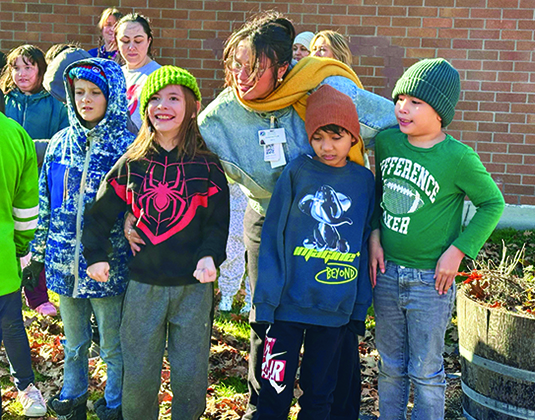
Operation Heart to Heart has been in effect over the past several years and is an amazing way for the MGHS students to show love to special needs classrooms each Valentine’s Day season. The participants are all members of either the Marysville Getchell Native American and Friends Club or the Leah’s Dream Activity Club, or both.
MGHS Senior Charley Dick, President of the MG Native American and Friends Club, shared, “It’s nice to be able to go see everyone and to see all the smiles on everyone’s faces. It makes me feel like our club is doing good things and positively affecting the community, because we’re all about inclusion, building community, and making a good impact.”
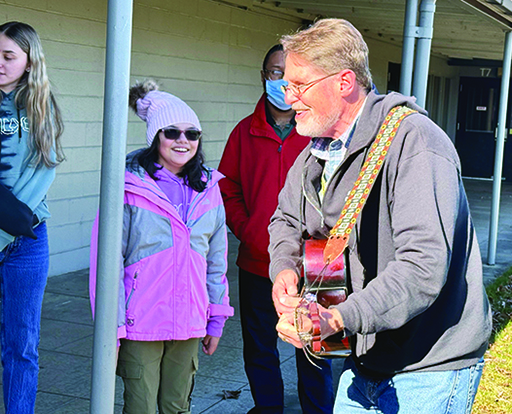
The club members were warmly welcomed at each school with hugs and high fives as many students recalled engaging with them at previous gatherings. Operation Heart to Heart also gives the special needs students a break from their classroom settings as they greet their visitors in their school’s hallways or on the playground outdoors.
At each school, after brief salutations, MGHS special needs instructor, Jim Strickland, retrieved his guitar from its case and kicked things off with a classic country song that many students knew and clapped and sang along to, “You are my sunshine”. Following Mr. Stricklands ballad, MSD Native liaison, Terrance Sabbas, led a traditional Lakota song on a hand drum, which was met with an uproar of applause from the kids, many of whom couldn’t contain their excitement and jumped up and down with joy upon hearing the cultural jam.
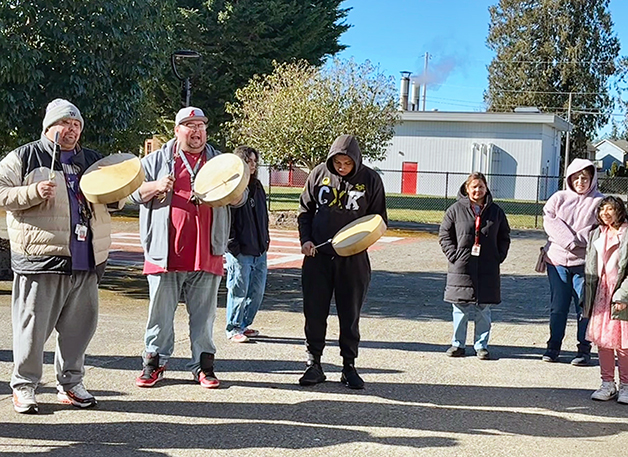
The students were then gifted goodie bags with items such as coloring books, stuffed animals, bubble wands, fidgets and paint kits. The backpacks were tailored to each student’s sensory needs, making the experience even more heartfelt and personal.
Amy Sheldon, Tulalip tribal member and MGHS Special Education Native American liaison, expressed an overall excitement to see inclusivity celebrated by students in today’s school system. During the Heart to Heart event, Amy beamed with pride as she watched the club members interact with the students at all eight campuses, which included Quil Ceda Tulalip Elementary, Grove Street Elementary, Totem Middle School, and Marysville Pilchuck High School.
Said Amy, “We started doing Heart to Heart because the Native American and Friends Club wanted to be able to give back to kids who are in self-contained classrooms, and it’s continued to grow over the years. We want to make a difference and bring a change of the culture, you know, inclusion and acceptance of everybody. And we like to see the joy on everyone’s faces. The club worked after school to get everything packed and ready to go. This year, we were able to give out 255 bags through the whole Marysville School District for all the self-contained classrooms.”
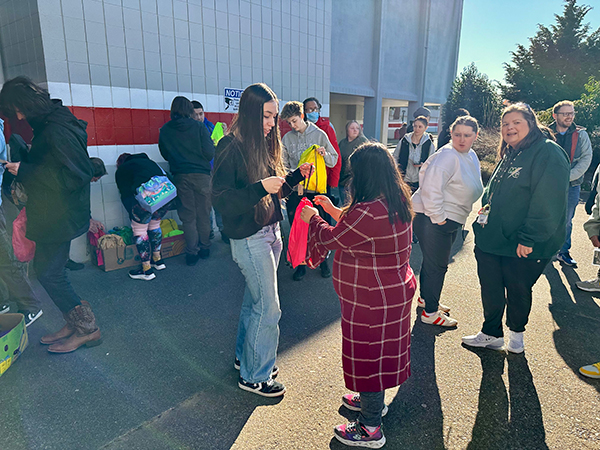
Operation Heart to Heart relies solely on donations for the gift bags, and unfortunately this past year there were not as many donations as in previous years. Thankfully, Leah’s Dream Foundation was able to pitch in some funds to ensure that each student walked away with a Valentine’s Day party favor. So, if you are reading this and would like to contribute to next year’s initiative, you can do so by visiting LeahsDreamFoundation.org.
When asked how it felt to see all the smiles throughout the day, Amy stated, “It makes me really happy. My daughter has autism. She’s 28 now and I wish she had stuff like this when she was younger. There is a lot of negativity going on in the world we live in now and to keep giving back to others is so important, so everyone knows they matter. I think we’re making a difference, like with bringing unified sports to our schools. We’re doing a lot of amazing things, and I think it’s important to highlight the good.”
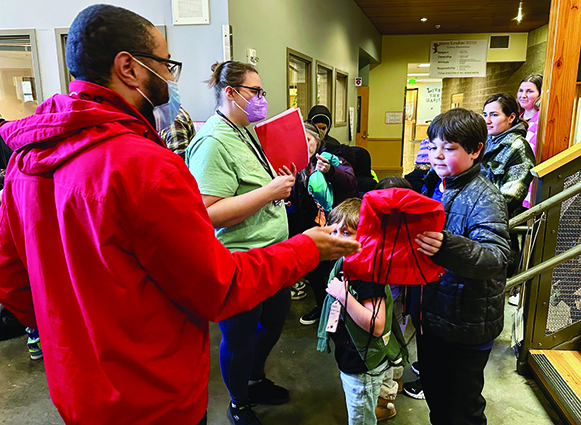
In total, the clubs visited five elementary schools, two middle schools, and one high school. Both of the clubs will continue to host events and activities for the remainder the school year. Be sure to follow the MG Native American and Friends Club and the Marysville Pilchuck High School Facebook pages for more information.
“This is really important to me, because I just want to make sure that everyone feels included,” expressed Charley. “It’s really nice to know that we’re making a lot of these kids’ day. It’s important to let them know that they have a community, that they have people who care about them, because a lot of students do face bullying. Knowing that they’re included in activities like these and knowing that when they do go to middle school and high school, that they have people who are there for them and who will give them that safe space is important.”
